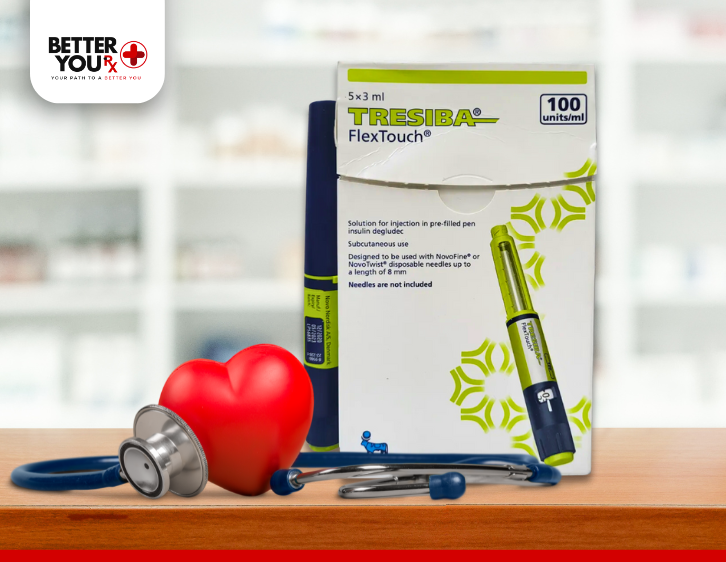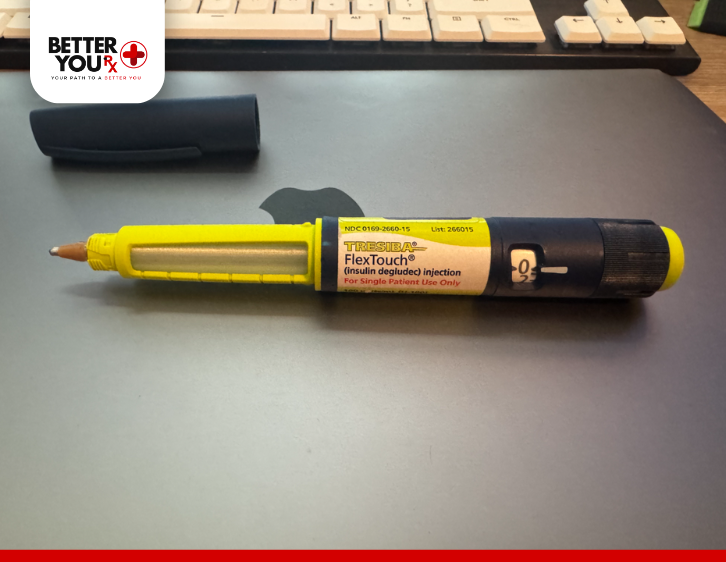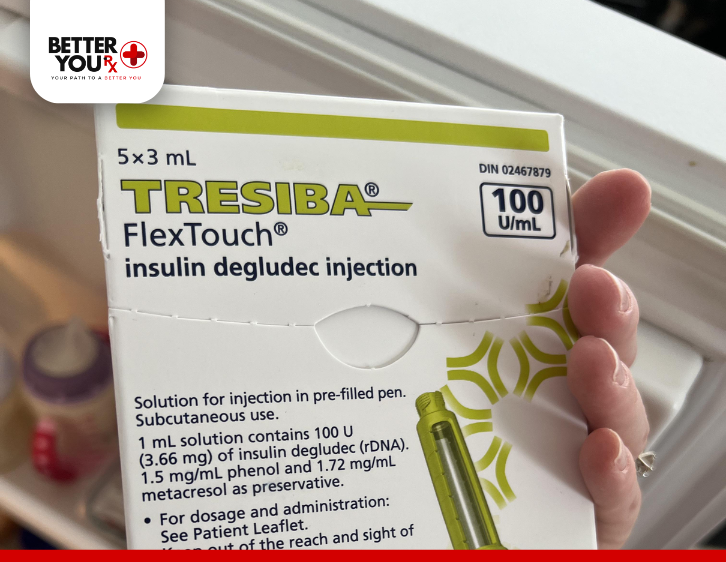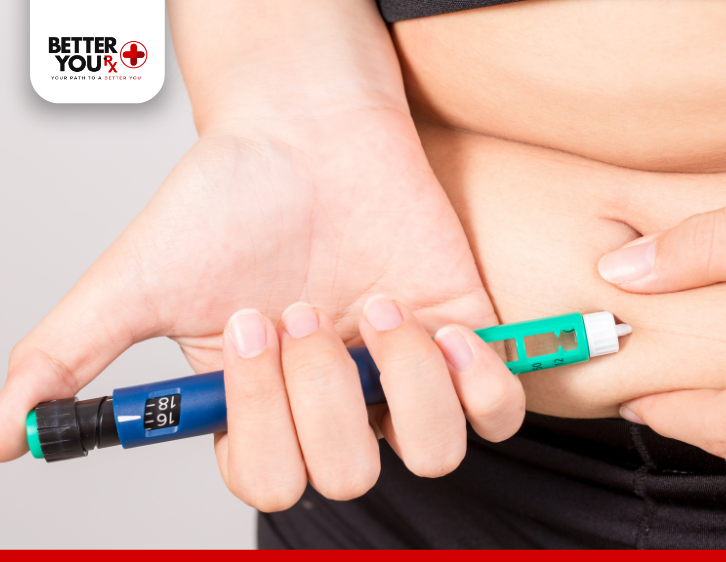What Does the Drug Dapagliflozin Do?
Dapagliflozin, a medication primarily used to manage Type 2 diabetes, has gained attention for its multifaceted benefits beyond just controlling blood sugar levels. As an SGLT2 inhibitor, dapagliflozin works by targeting specific mechanisms in the body to improve glucose regulation. However, its benefits extend to other aspects of health, including heart and kidney function. In this article, we will delve into the science behind dapagliflozin, its primary uses, how it works, and additional benefits it may offer.
What is Dapagliflozin?

Dapagliflozin is an oral medication classified as an SGLT2 inhibitor (Sodium-Glucose Cotransporter 2 inhibitor). It is primarily prescribed to manage Type 2 diabetes but has also been found effective in treating other conditions such as heart failure and chronic kidney disease (CKD).
Approved by the Drug Administration, dapagliflozin is marketed under the brand name Farxiga. It is used in combination with diet and exercise to help lower blood sugar levels in adults with Type 2 diabetes. Moreover, it can also be used alone or with other medications to achieve better glucose control in certain patients.
How Does Dapagliflozin Work?
To understand how dapagliflozin works, it’s essential to understand its action within the kidneys. The kidneys play a significant role in regulating glucose levels. Under normal circumstances, glucose from the blood is filtered through the kidneys, and most of it is reabsorbed into the bloodstream. However, in individuals with Type 2 diabetes, this process can be disrupted, leading to higher blood sugar levels.
Dapagliflozin inhibits the SGLT2 protein found in the kidneys, which is responsible for reabsorbing glucose. By blocking this protein, dapagliflozin prevents glucose from being reabsorbed into the bloodstream, allowing it to be excreted through urine. This helps lower blood sugar levels.
The drug’s action does not rely on insulin, making it a beneficial option for individuals who struggle with insulin resistance or have difficulty using insulin effectively.
Primary Uses of Dapagliflozin

- Management of Type 2 Diabetes:
The most common use of dapagliflozin is for managing Type 2 diabetes. By helping the body excrete excess glucose through urine, dapagliflozin assists in lowering blood sugar levels. It also has the added benefit of aiding in weight loss, which can be crucial for individuals with Type 2 diabetes who need to lose weight to improve their condition. - Heart Failure Treatment:
Dapagliflozin has been shown to reduce the risk of hospitalization due to heart failure and improve outcomes in patients with heart failure with reduced ejection fraction (HFrEF). In clinical trials, it has been proven to decrease the chances of worsening heart failure and provide a better quality of life for people suffering from this condition. - Chronic Kidney Disease (CKD):
In addition to managing Type 2 diabetes and heart failure, dapagliflozin has been shown to slow the progression of chronic kidney disease, especially in patients with diabetes-related kidney damage. By inhibiting SGLT2 in the kidneys, it helps reduce the excess glucose that may contribute to kidney damage, offering an additional layer of protection for individuals with CKD.
Additional Benefits of Dapagliflozin

While dapagliflozin is primarily used for controlling blood sugar, its other benefits make it an attractive option for individuals with multiple health concerns. Below are some of the additional advantages that make dapagliflozin a versatile medication:
- Weight Loss:
Many people with Type 2 diabetes struggle with excess weight, which can worsen insulin resistance. One of the side effects of dapagliflozin is weight loss. By causing the kidneys to excrete glucose, the drug can lead to a reduction in calorie intake, which may contribute to modest weight loss. For people with Type 2 diabetes, losing weight can help improve overall blood sugar control and reduce the risk of diabetes-related complications. - Lower Blood Pressure:
Dapagliflozin has also been shown to have a mild diuretic effect, leading to reduced blood volume and lower blood pressure. This benefit is particularly important for individuals who also suffer from hypertension, a common coexisting condition with diabetes. By lowering blood pressure, dapagliflozin can help reduce the risk of cardiovascular events like stroke and heart attack. - Reduced Risk of Cardiovascular Events:
As mentioned earlier, dapagliflozin has proven cardiovascular benefits, including a reduced risk of hospitalization due to heart failure. By improving heart function and reducing fluid retention, it can improve overall heart health and lower the likelihood of adverse events in individuals with heart failure. - Improved Kidney Function:
Dapagliflozin helps protect the kidneys by reducing the reabsorption of glucose and preventing excess glucose from causing further kidney damage. This is especially beneficial for individuals with diabetic nephropathy or those at risk for kidney failure. The drug has shown effectiveness in slowing the progression of kidney disease and improving kidney function over time.
Potential Side Effects of Dapagliflozin
Like all medications, dapagliflozin may cause side effects. Some of the common side effects include:
- Urinary Tract Infections (UTIs): As dapagliflozin increases glucose in the urine, it can create an environment that is conducive to the growth of bacteria, leading to UTIs. If you experience symptoms of a UTI, such as painful urination or blood in the urine, consult your healthcare provider.
- Dehydration and Low Blood Pressure: Due to its mild diuretic effect, dapagliflozin can cause dehydration and low blood pressure, especially in people who are already taking medications for high blood pressure. It’s important to stay hydrated and monitor blood pressure regularly while using this medication.
- Ketoacidosis: In rare cases, dapagliflozin has been associated with diabetic ketoacidosis (DKA), a dangerous condition where the body produces high levels of ketones. Symptoms of DKA include nausea, vomiting, and difficulty breathing. Should you experience any of these symptoms, seek medical attention right away.
- Genital Infections: The increased glucose in urine can also lead to genital yeast infections, especially in women. Proper hygiene and monitoring for signs of infection are essential.
Conclusion
Dapagliflozin is a powerful and versatile medication used to manage Type 2 diabetes and treat conditions like heart failure and chronic kidney disease. By inhibiting the SGLT2 protein, it helps lower blood sugar levels, reduce the risk of cardiovascular events, and improve kidney function. In addition, it offers secondary benefits such as weight loss, lower blood pressure, and improved heart health.
As with any medication, it’s important to work closely with your healthcare provider to determine if dapagliflozin is the right choice for you. If you have any questions or concerns, discuss your treatment options with your doctor, who can help guide you toward the most appropriate therapy for your specific needs.





